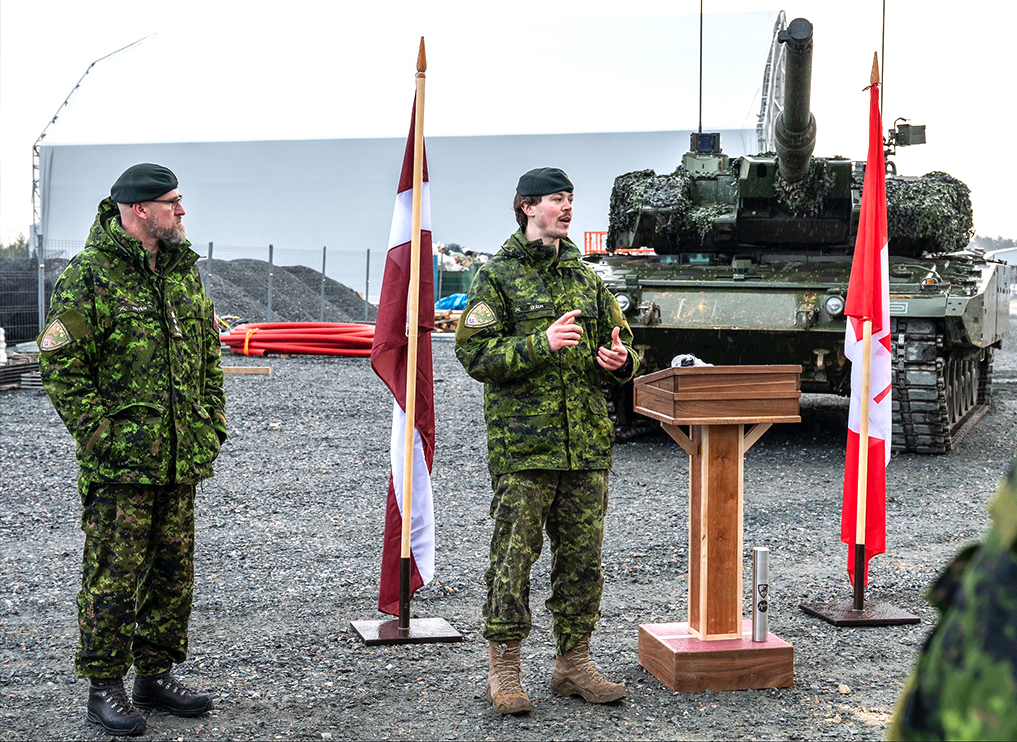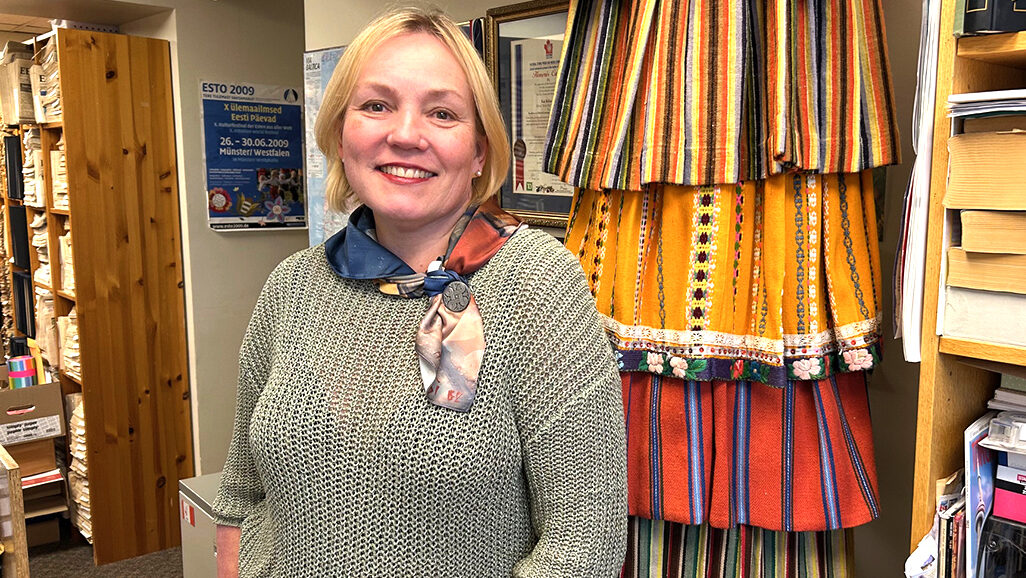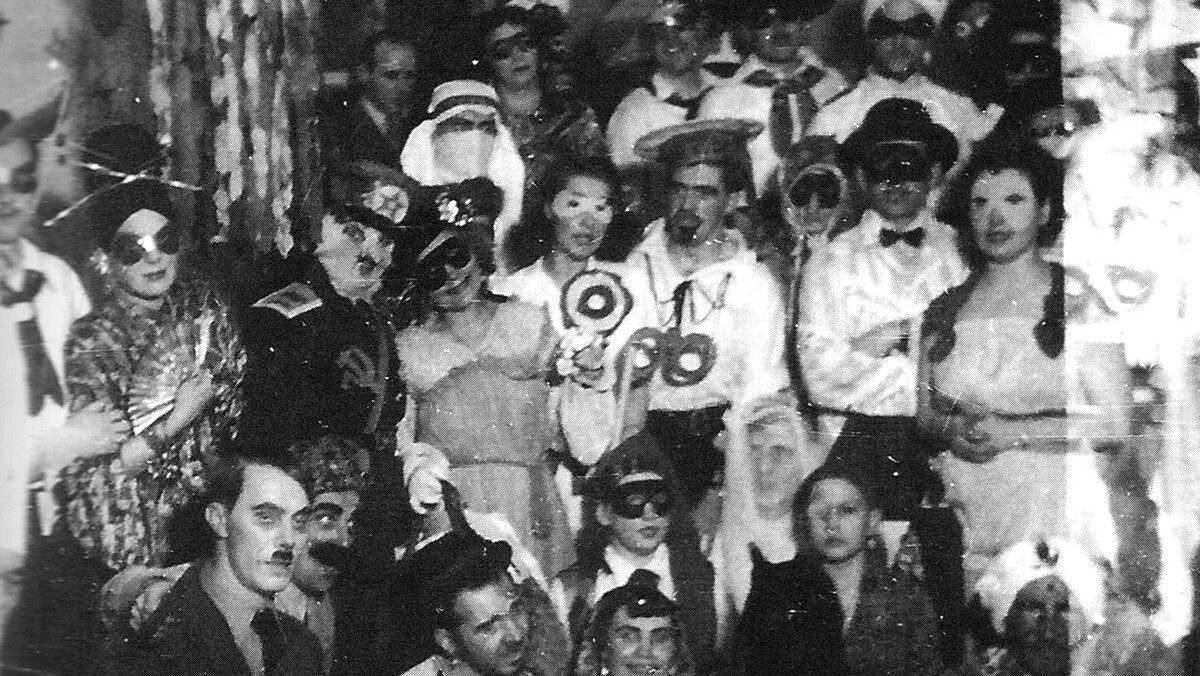“What if this had been my home country?” she says. “I was in Canada, on the other side of the world, feeling completely helpless.”
While Anna had considered joining the military as a teenager, the situation in Ukraine compelled her to sign up for training with the Latvian reserves.
“I felt that I had made the right choice,” says Anna, who was born in Latvia but has lived in Canada for ten years. “This was where I needed to be.”
Captain Rowan Leach is an Engineer Officer in the Canadian Armed Forces and was on a seven-month deployment in Latvia with Operation Reassurance, Canada’s contribution to NATO’s defence.
“It’s in the name,” says Rowan. “Our job is to reassure the Baltic people that they’re defended by their NATO allies.”
There was one underlying motivation among all of us. The war in Ukraine.
Anna Priedīte-Priede
Anna and Rowan shared their experiences at TLPA’s (Toronto Latvian Pensioner's Association) First Thursdays event in February.
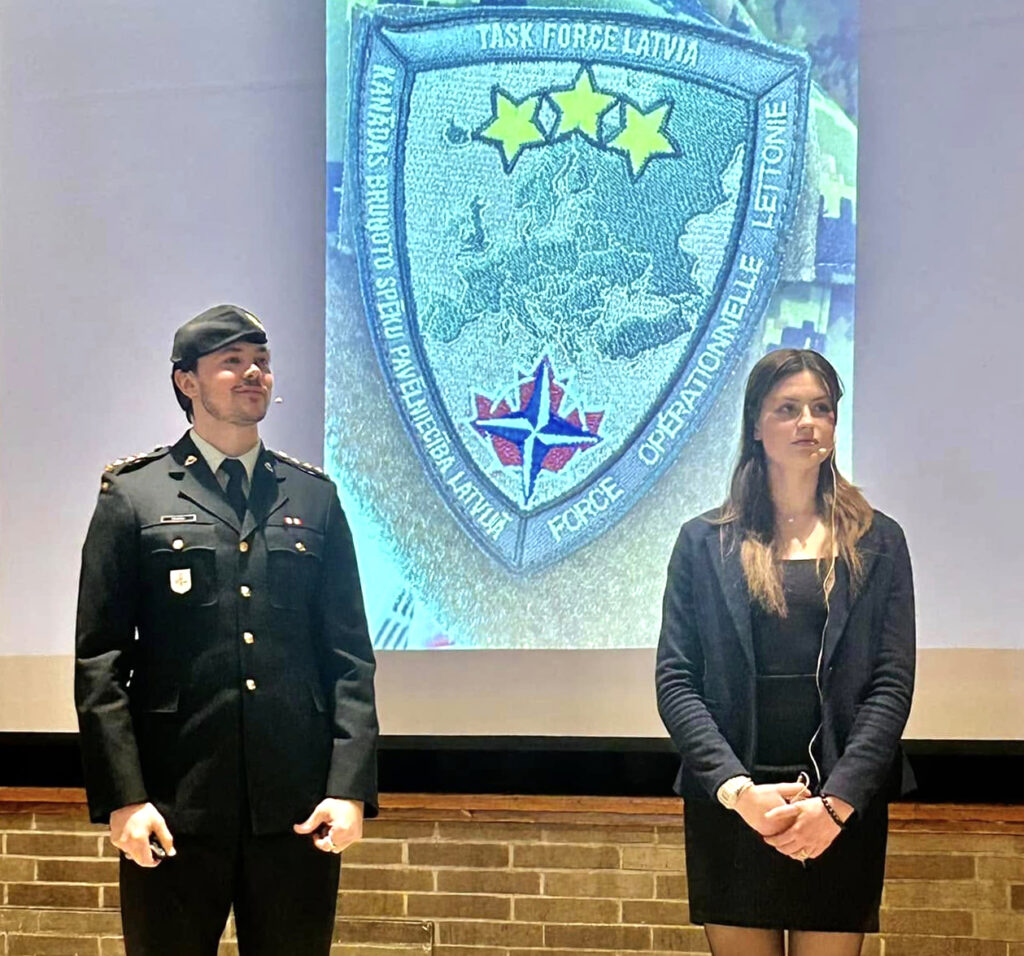
Anna’s story
After “lots and lots of lectures” from her parents, Anna Priedīte-Priede completed the requisite military registration forms and arrived in Latvia a month before training.
“There was one underlying motivation among all of us,” says Anna of her cohort. “The war in Ukraine.”
When training began, Anna was given a uniform, two huge bags (one was called a “three-day bag” and weighed 40 kilograms) and a reserve lunch, which was Anna’s first MRE (meal ready to eat).
And that’s when reality began to set in.
“This was a choice I had made, and there was no turning back,” says Anna, who at the time was 20 years old. “It was a lifelong commitment and, given my age, possibly my first step of this kind.”
Week one
The 80 trainees arrived at the base by bus. They were divided into groups, introduced to their instructors, shown the barracks and, most importantly, briefed on what was expected.
“We had to wake up at 6:00 AM every morning,” explains Anna. “Our area would be inspected, and everything had to be clean and tidy. Precision and discipline were held to a very high standard.”
For example, each trainee was given a small notebook, which was used to measure the distance between their pillow and blanket.
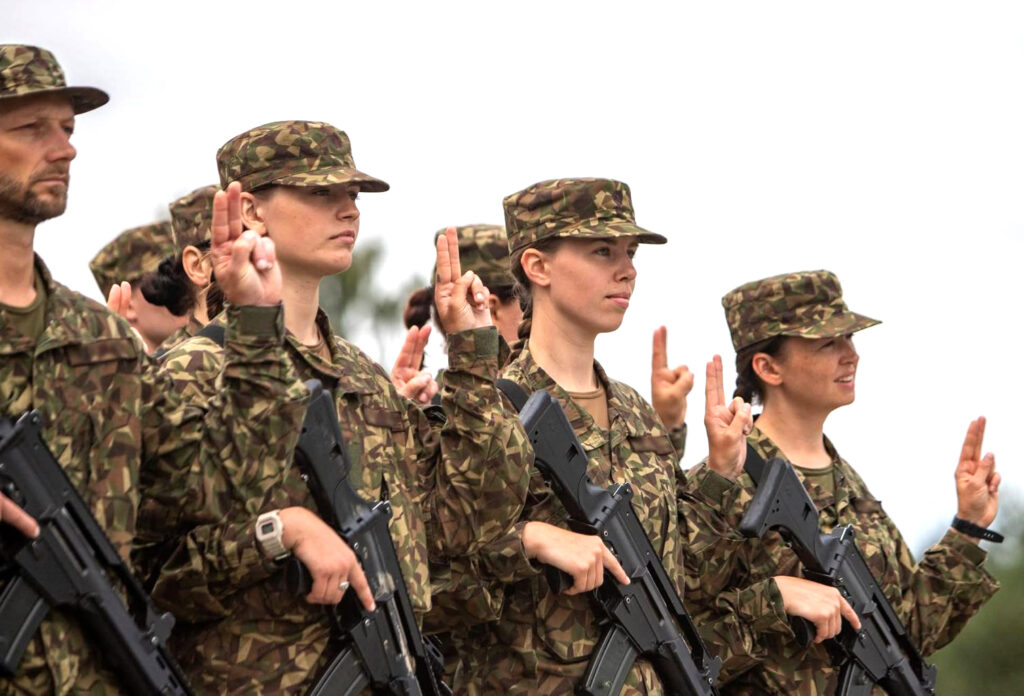
In the first week, training took place in the classroom, and the group learned concepts and terminology that would be used in the following weeks. They were taught about topography, the phonetic alphabet, various commands, and military ranks.
They also received training in military first aid, such as how to perform an amputation. Finally, each trainee was issued a NATO-standard weapon and taught different shooting positions and how to disassemble a firearm.
The most intense experience was the “alarm,” which was unforgettable and terrifying.
Anna’s cohort learned to communicate without speaking, using hand signals and Morse code with flashlights. As the training continued, sleep became increasingly scarce.
“Essentially, we got woken up in the middle of the night by this deafening, blaring noise,” says Anna. “We had less than three minutes to get ready and be in our uniforms outside… I remember waking up at 3:00 AM, running outside… It all felt like a dream.”
Week two
“The next two weeks were spent putting everything we had learned into practice,” Anna recounts.
As soon as trainees passed the firearms test, they were required to always have their weapons with them—in the bathroom, in the cafeteria and under their bed while sleeping. The only exception was the shower. “At this time, we had to find somebody to look after our weapon,” says Anna.
During week two, orientation practices were held day and night, and the group learned how to use anti-tank weapons. A five-kilometre march “quickly turned into a five-kilometre run” with full gear and multiple magazines or guns.
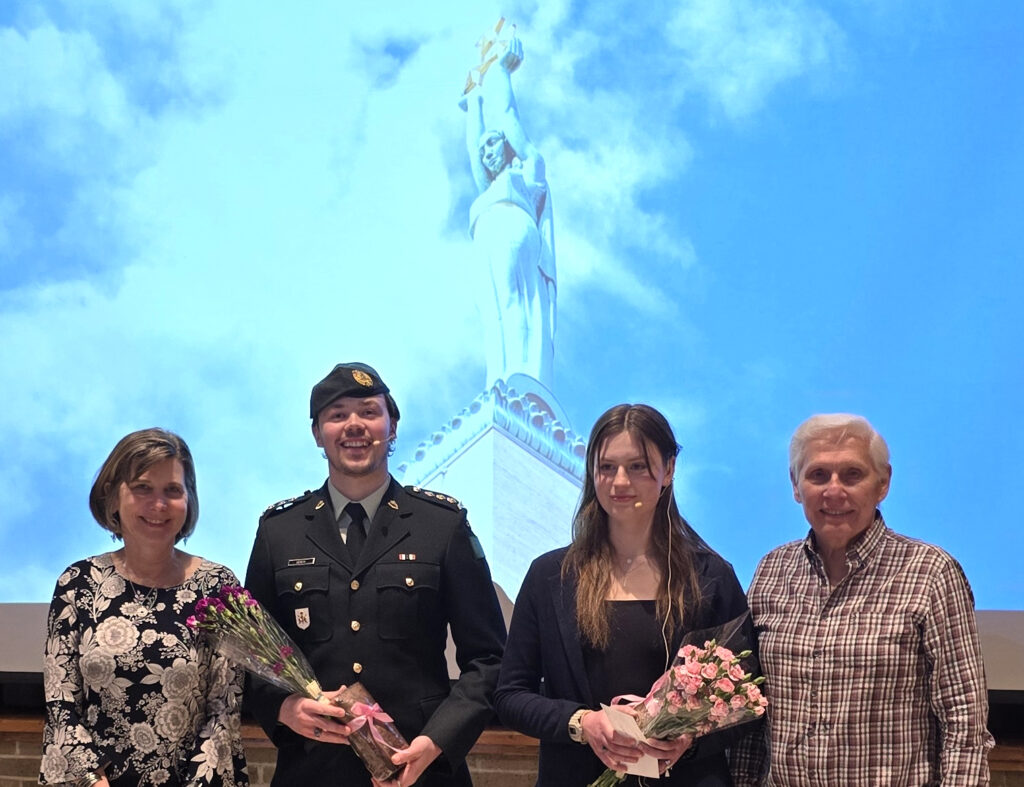
Week three
During week three, shooting tests were conducted in various positions—lying, standing and sitting.
Then came patrol exercises. “We had quite a few civilians enter the shooting area,” says Anna. “I got to escort out some Estonians who had come mushroom picking in an open-fire zone.”
(Interestingly, Captain Leach was also advised about Baltic foraging traditions. “Before I went to Latvia, I was strongly warned about mushroom patches,” says Rowan. “I was told, ‘Never follow a Latvian to their mushroom patch. They get very defensive.’”)
Anna’s cohort learned to communicate without speaking, using hand signals and Morse code with flashlights. As the training continued, sleep became increasingly scarce.
“We were given multiple nightly missions, such as night orientation and night patrol, which meant we got to bed even later,” says Anna.
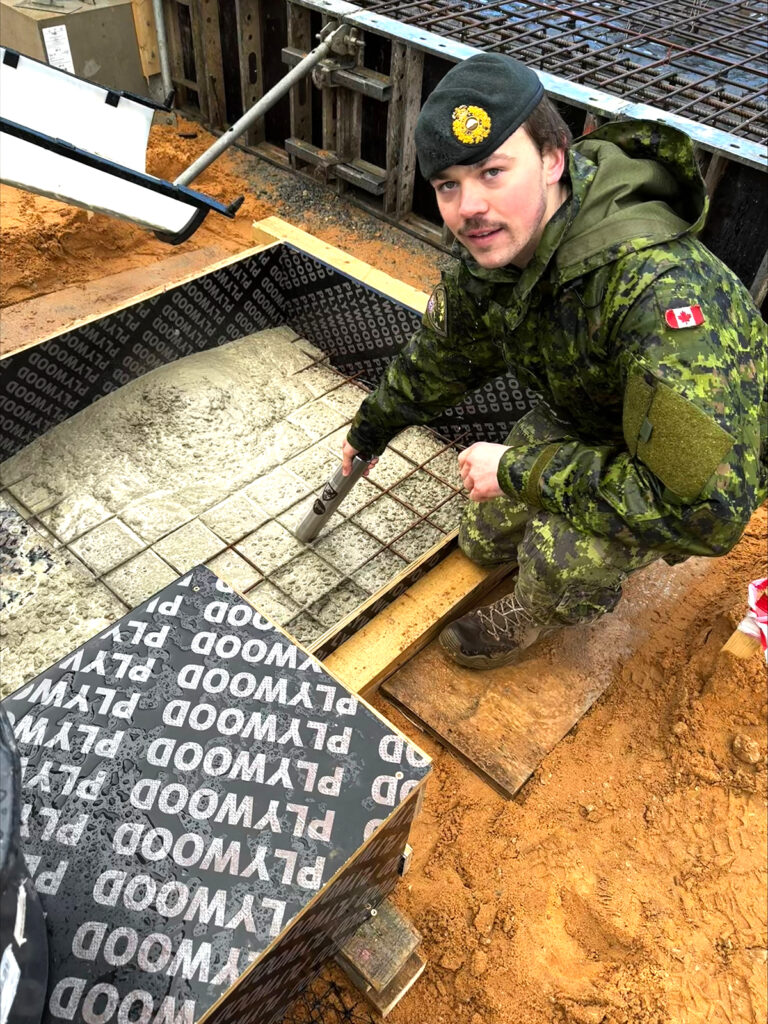
The final night
The last night was the most anticipated and the one the reserves had been training for the entire time.
“We spent that night in the forest,” says Anna solemnly. “We had to dig our own trenches.”
However, there was little sleep, as the group was frequently woken up by simulated artillery attacks.
After three weeks, Anna’s cohort was returned to their original base, where they could donate blood, meet senior officers and ask questions. After taking the oath, newly minted cadets were greeted by their families.
Although this day concluded Anna’s training as a Latvian reserve soldier, it wasn’t the end. “It’s still mandatory for me to go back every four years to renew my skills and expand on what I’ve learned,” she explains.
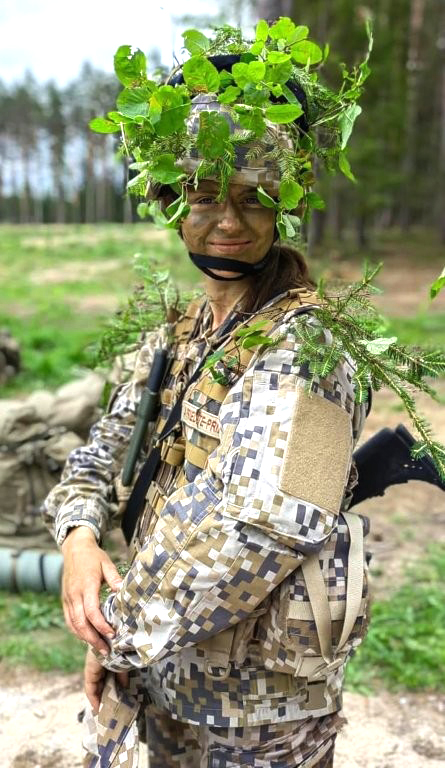
Anna is also still grappling with the questions that made her consider joining the reserves in the first place.
“How can we, as individuals in the diaspora community, contribute to Latvia’s national defence?” she asks.
“Not everybody has to become a soldier and go on the front lines. But what are the little things we can do? What are the little, little things that we can do even on the other side of the ocean?”
Rowan’s story
Captain Rowan Leach was a Project Manager for infrastructure development on Latvia’s NATO mission.
As a rule, the Canadian Armed Forces try to incorporate as many Latvian construction traditions as possible.
The Canadians live just outside Rīga in Ādaži, which used to be a Soviet military base, says Rowan. “Latvia wants to use pre-existing infrastructure. We try to develop it so there’s space for all NATO allies.”
Rowan, an Engineer Officer by trade, was responsible for the tank barn project. “Canada wants to contribute to our NATO partners in Eastern Europe and bring the best tanks possible.”
Structures are built permanently if the mission is intended to stay in one spot for 25 years. But “you build tent structures if you believe you’ll remain only for a few years,” says Rowan.
Most of the structures in Latvia are currently tent structures. “But we’re moving away from that.”
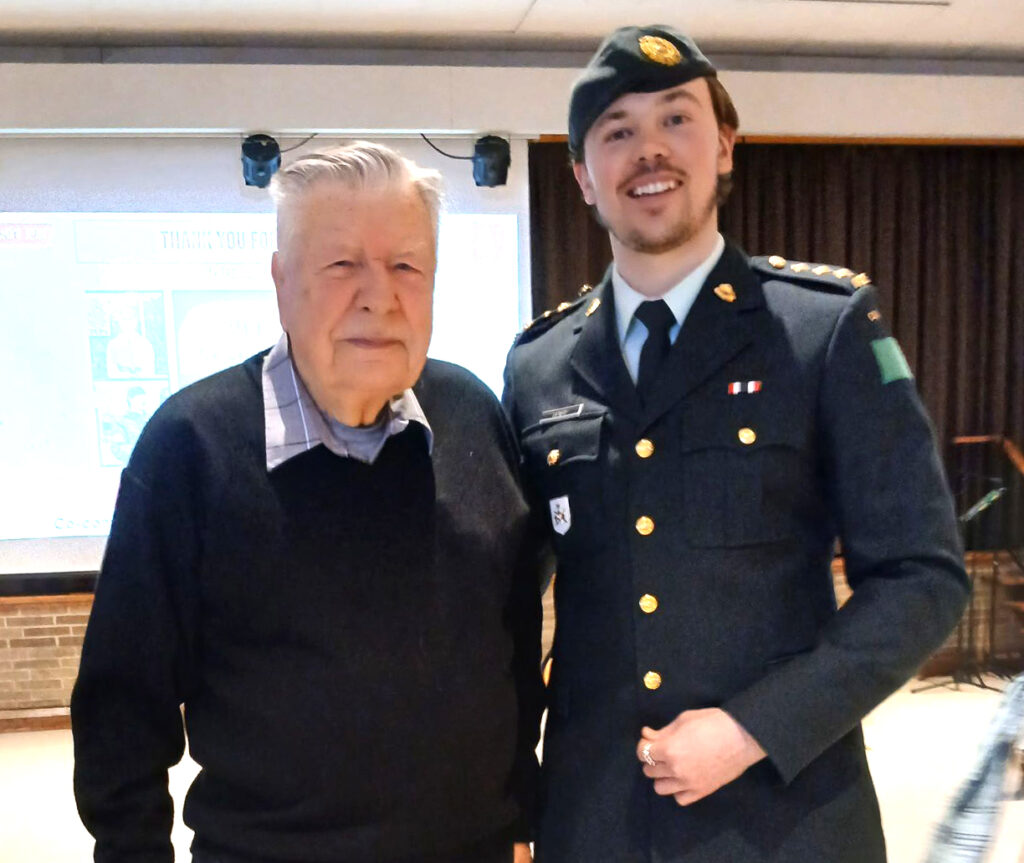
Latvian traditions
“We hire Latvian contractors to perform the actual construction for these projects and, in that way, we develop the Latvian economy,” says Rowan.
Three ceremonies make up the Latvian construction culture:
- Groundbreaking marks the moment when shovels are put into the ground to indicate that the project is finally starting.
- A time capsule is buried. “We buried a time capsule with several items to mark the time and contributions of the people who built the project.”
- The wreath or topping-out ceremony marks the day you reach the tallest point in the structure and celebrate those who worked on it.
“If you’re a Project Manager like me, and you see this wreath go up one morning, you better be ready to buy all the workers lunch,” said Rowan. “If not, they’re going to come after you!”
•••
Upcoming TLPA First Thursdays: May 1 and June 5
Gourmet lunch and programming in English.
Read more information at Latvianseniors.org.
